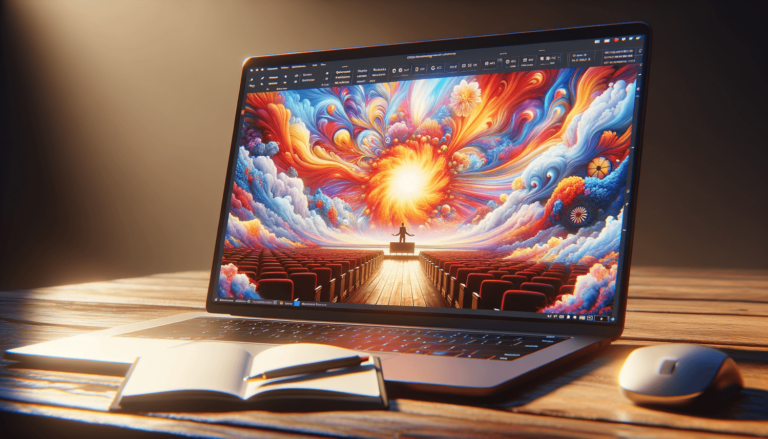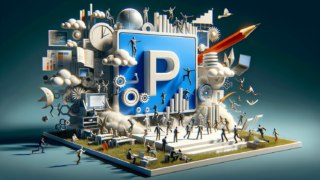
Intro: Understanding the GIF File in PowerPoint
Within the vast array of features available in Microsoft PowerPoint, the GIF file type stands out for its dynamic visual capabilities. Primarily used to add motion and life to presentations, GIFs help communicate ideas in a visually engaging manner. As we explore what a GIF file is in PowerPoint, its characteristics, and how to efficiently utilize it, you’ll discover the integral role this file extension plays in enhancing presentation content.
Category: PowerPoint File Types
What is a GIF file in PowerPoint?
A GIF, or Graphics Interchange Format, is a bitmap image format that was developed by CompuServe in 1987. The file format supports up to 8 bits per pixel thus allowing a single image to reference a palette of up to 256 distinct colors chosen from the 24-bit RGB color space. GIF files are highly popular in PowerPoint presentations due to their ability to support animations and static images, making them particularly useful for adding visually interactive elements without the complexities of video formats.
GIF File Characteristics:
GIF files are unique for their support of both animated and static images. This dual capability distinguishes them from other image file types like JPEG or PNG, which only support static images. GIFs are also known for their lossless data compression, which helps maintain the quality of the image despite the file size being reduced.
How to Create a GIF File:
Creating a GIF file for use in PowerPoint can be both fun and creative. Here’s a simple way to create a GIF:
- Start with designing your frames using any graphic design software.
- Export each frame as a separate image file.
- Use a GIF maker tool or software to upload and assemble these frames into a single GIF file.
You can also convert short video clips into GIFs using various online converters.
Opening a GIF File:
Opening a GIF file in PowerPoint is straightforward:
- Open your PowerPoint presentation.
- Click on the “Insert” tab.
- Select “Pictures” and choose your GIF file.
The GIF will then be embedded into your slide. Besides PowerPoint, GIF files can be opened with most web browsers and image viewers.
Use Cases:
GIFs are incredibly versatile, making them suitable for various scenarios in PowerPoint presentations:
- Demonstrating processes or steps in a cyclic manner.
- Adding humor or emotional appeal through popular culture references.
- Visualizing changes over time without needing complete video files.
Advantages and Limitations:
Advantages: GIFs support both static and animated images, are widely supported across platforms, and maintain good quality through lossless compression.
Limitations: They support only a limited color palette, which might not be suitable for color-rich images, and can have larger file sizes when compared to other formats like MP4 for animations.
Converting To and From GIF:
Converting other image file types into GIFs can be done using image editing tools which typically include save or export functions for different formats. Converting GIFs to other formats like JPEG or PNG is also straightforward, usually available under the “Save As” or “Export” options in most image editors.
Best Practices:
When working with GIFs in PowerPoint, it’s important to:
- Keep the file size manageable to ensure your presentation runs smoothly.
- Use high-contrast images for better visibility.
- Test your GIFs on different devices to ensure compatibility and performance.
Troubleshooting Common Issues:
Issues might arise such as GIFs not playing in PowerPoint. To troubleshoot, make sure the GIF is not corrupt and is supported by the version of PowerPoint you are using. Sometimes, simply reinserting the GIF can resolve the problem.
Compatibility:
GIF files are compatible across all recent versions of PowerPoint and other presentation software like Google Slides. However, older versions of these applications might not support animated GIFs effectively.
Conclusion:
Utilizing GIFs in your presentations can significantly enhance viewer engagement and effectively communicate dynamic content. As trusted experts at LearnPowerPoint.io, we encourage you to experiment with GIFs in your next PowerPoint project to see the difference animated and high-impact visuals can make!
Featured Posts
- No pillar pages found.








